Creating engaging illumination in a place to unwind
Bedroom ceiling lights are an essential component of a thoughtful lighting scheme created to help foster an attractive, comfortable, and functional environment. A bedroom is a place of serenity and peace where we retreat to recharge and relax in preparation for more exciting adventures. The intimate room should be an oasis—a place to play, a place to study, a place to meditate on all the goodness of our lives. Bedroom lighting is meant to create engaging illumination that recasts a sleeping room as a lovely escape from the chaos of the external world, allowing you to relax, inviting you to sleep, and supporting the evolving functions of the bedroom.
Enriching visual composition with layered lighting
As a place to unwind, rejuvenate and recharge, a bedroom demands layered lighting from a variety of sources. Incorporating different layers of light into the bedroom lighting scheme allows to create a warm and inviting environment while making it functional and safe. There are three basic types of lighting that are used to layer light. They are ambient, task, and accent. Ambient lighting provides a bedroom with overall illumination. The bedroom is a place to rest, which means ambient lighting should be free from harsh glare and excessive brightness. Soft, uniformly distributed light allows all parts of the room to be safely navigated and enables basic visual recognition for other activities such as dressing, telephone calling, cleaning, and watching television. Task lighting is used to illuminate an area of a bedroom for a specific task e.g. bedside reading, selecting clothing in the bedroom closet, grooming and makeup applications on dressers. A bedroom with purely ambient lighting will often take on a dull, flat effect. Accent lighting is used to create visual interest that round out an attractive decor scheme.
Types of bedroom ceiling lights
Ceiling lights are the crowning glory of a layered lighting scheme. They are a large family of light fixtures that are versatile enough to build all the layers of lighting.
The most commonly used bedroom ceiling fixtures include flush-mount ceiling lights, semi-flush mount ceiling lights, pendant lights, chandeliers and recessed downlights. Flush-mounted lights are used in bedrooms with a modest ceiling height. They attach to the ceiling to provide an inconspicuous aesthetic and create the illusion of more headroom. Semi-flush mount lights are similar to flush mount lights, but they do not hug the ceiling. These fixtures drop a short distance below the ceiling, which allows to build ample decorative qualities into the fixture.
Chandeliers are decorative showpieces capable of creating a sense of human scale and lending unexpected flair to a bedroom. Pendant lights can create a dramatic focal point and enhance the decorative style of a room as well. They have a more relaxed spirit, which makes them a popular choice of light fixture in bedrooms. These hanging light fixtures can provide both task and ambient lighting. Low-hanging pendant lights with a sleek lamp shade are often used over bedside tables to provide glare-free task lighting and also free up the space occupied by table lamps.
Recessed lighting systems concentrate the light in a downward direction at either a perfectly vertical or an adjustable angle to provide a broad floodlight or narrow spotlight, which can be used to supplement ambient light, provide task lighting, or accentuate the design features of the bedrooms.
Retrofitting lamp-based fixtures
Interior lighting is fully aboard the LED revolution. Boasting high energy conversion and optical efficiency, excellent durability and reliability, exceptional controllability and unparalleled lifespan, LED technology is profoundly changing the way that light is generated from ceiling light fixtures. Many LED retrofit lamps are available on the market to serve as replacements for traditional light sources such as incandescent, halogen and fluorescent lamps. These LED lamps are intended for use in light fixtures that were originally designed for traditional light sources. Ceiling lights that use LED retrofit lamps are called lamp-based LED luminaires.
Retrofitting light fixtures of conventional designs using LED replacement lamps simplifies the technological upgrade, but this approach is not even close to the effective use of LED technology. There isn’t much an LED bulb can do when it is equipped with cheap, low-performing components and designed with inadequate thermal management due to the constrained internal surface and aggressive cost control. Oftentimes, the light quality and reliability of LED retrofit lamps are compromised and they’re not sold with a meaningful warranty.
Unlocking the full potential of LED lighting
Except for chandeliers and pendants that incorporates exposed lamps (i.e., vintage-inspired LED light bulbs) as the key design elements, most LED ceiling lights are integrated LED systems. These light fixtures use LEDs in conjunctions with thermal, electrical and optical systems to deliver light in a specific pattern. The operational characteristics of LEDs deem their reliance on effective engineering of thermal, electrical and optical systems.
Integrated design allows the supporting systems to be optimized for the light source. Both convective and conductive heat transfer is enhanced by using the fixture housing as the heat sink, which lends excellent lumen maintenance and color stability to the LEDs. The design of LED driver can focus on performance improvement instead of reducing component counts to meet the space requirement. The driver is the heart and soul of an LED ceiling lights. Many performance metrics, including efficiency, dimming, absence of flicker and surge protection, are dictated by this component.
As adaptive lighting has become increasingly important, controls circuitry and sensor technology can be incorporated into LED ceiling lights for enhanced energy savings and more flexible lighting schemes. Integrated LED system design opens up an exciting new realm of possibilities for designers to create compelling designs that exhibits perfection in geometry and artistry.
Light quality
Bedroom ceiling lights must deliver glare- and flicker-free lighting with excellent color rendering and an appropriate color temperature. Ambient light fixtures take advantage of opal diffusers to uniformly distribute the light without creating an uncomfortable feeling. Task and accent light fixtures provide glare control by shielding the bright light source from the field of view. Reducing ripple is one of the principal considerations in driver circuit design because large ripples in the direct current provided to the LEDs will result in flicker and other visual anomalies.
Task and accent lighting in bedrooms necessitates the use of light sources with good color reproduction. LEDs with a minimum color rendering index (CRI) of 90 are recommended for task and accent lighting applications. The correlated color temperature (CCT), which describes the color of the light being produced by a light source, should not exceed 3000 K. The warm color not only contributes to a sense of intimacy and relaxation, but also helps with the natural hormone cycles that support sleep.
It is often desirable to add a dimming functionality to bedroom ceiling lights as nighttime exposure to bright light can disrupt the circadian rhythm and suppress the release of the melatonin (a sleep hormone).

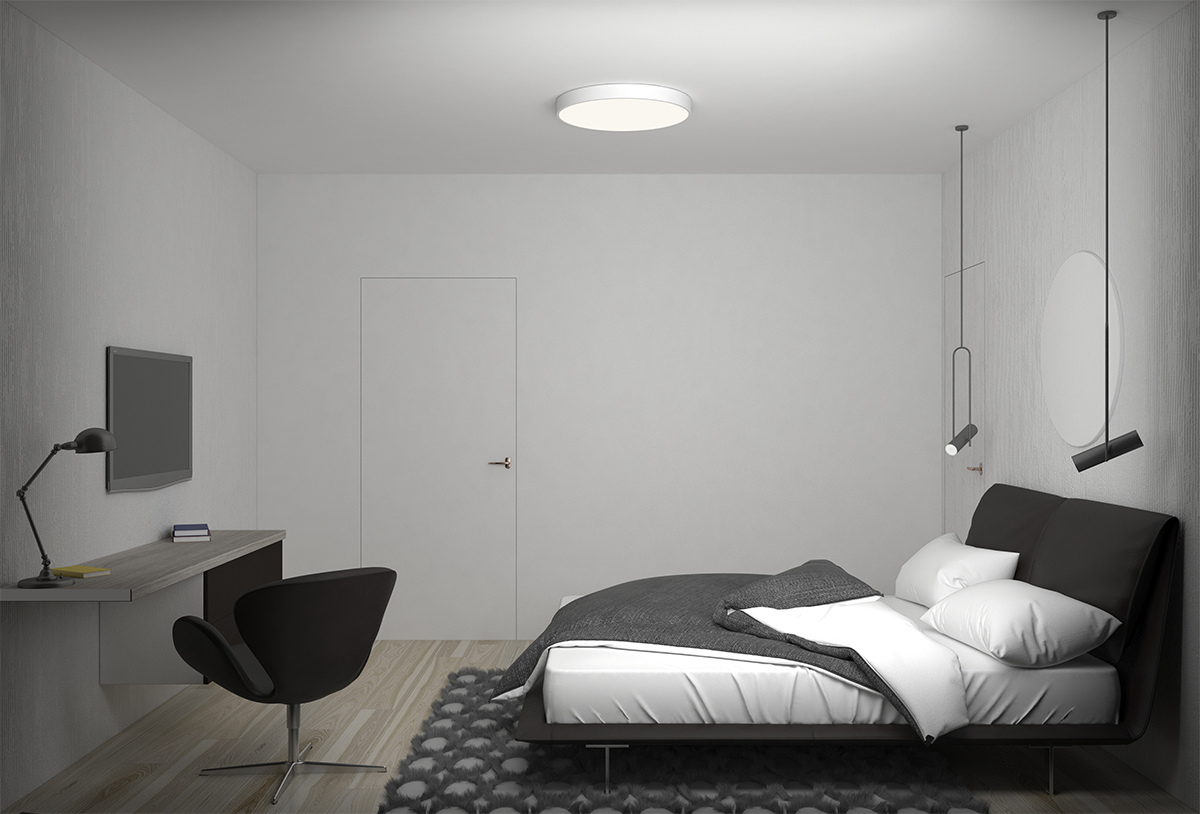
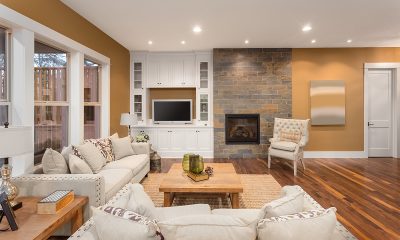
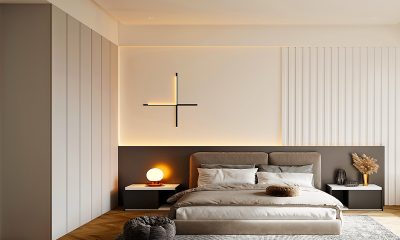
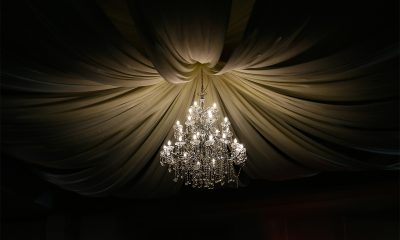
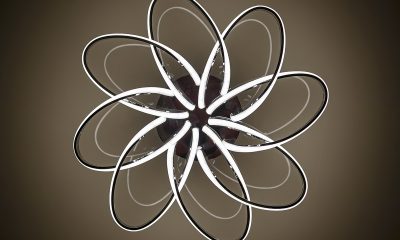
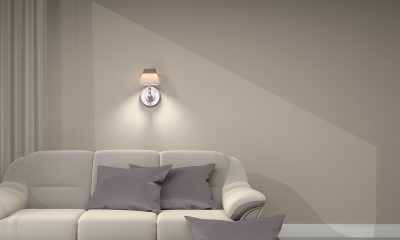
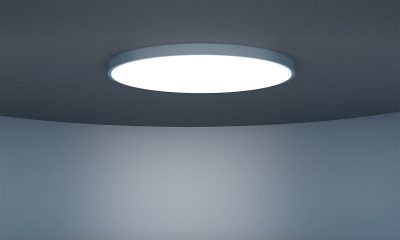
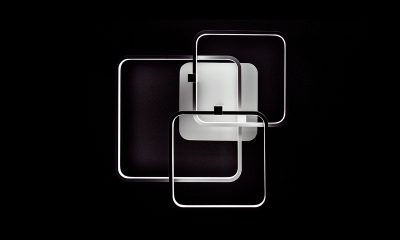
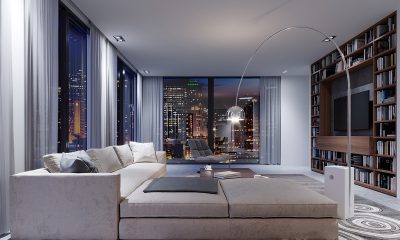

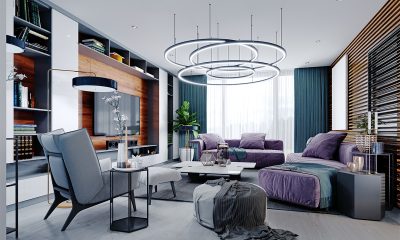
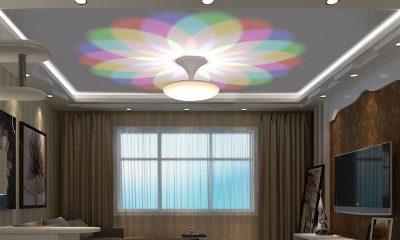
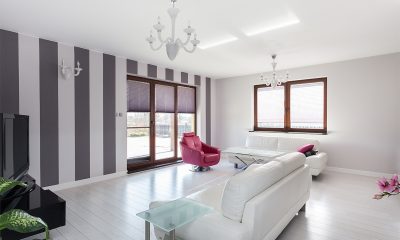





Loading...